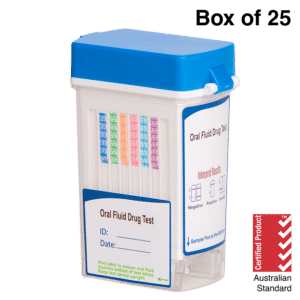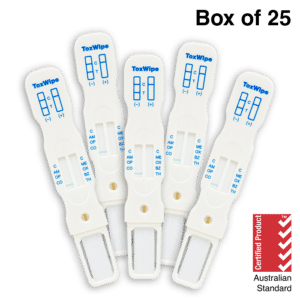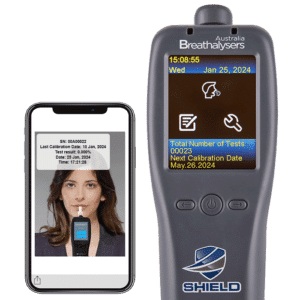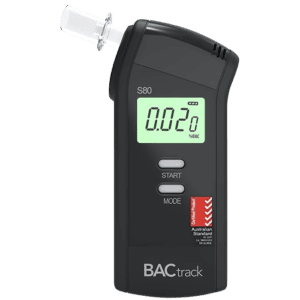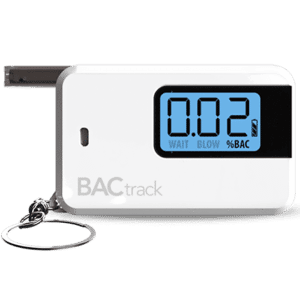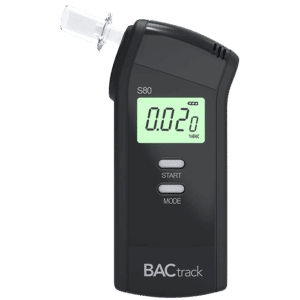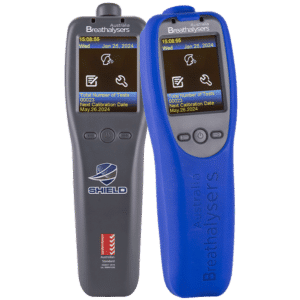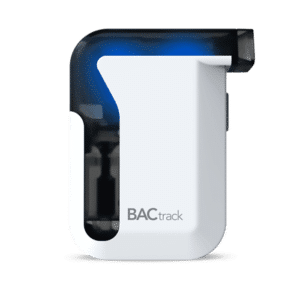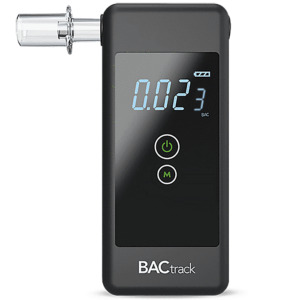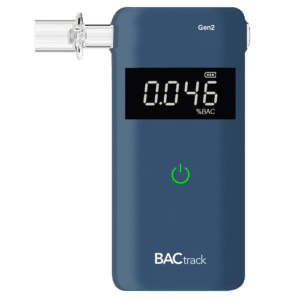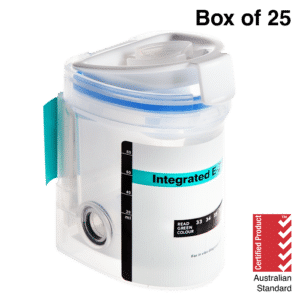Australian Alcohol Limit: Overview & the Legal Limits
23 April, 2024

Irresponsible drinking brings a significant risk of harm to people and those around them. Hence, there are several alcohol laws in place to regulate the consumption of alcohol in Australia. One of the key regulations is the Australian alcohol limit. This is also known as the Blood Alcohol Concentration (BAC) limit the Australian government has assigned to determine lawful consumption. The legal limit for most licenced drivers is 0.05%. Meanwhile, learner and probationary drivers must have zero BAC.
Individuals must be aware of the legal limits for alcohol consumption to avoid severe penalties for violating drink driving laws. Monitoring and keeping to safe levels can also reduce alcohol-related harm to the people. This includes increasing risks for liver disease, among others. To help them keep track, many use online BAC calculators and breathalysers. This article will present information on the alcohol limit in Australia, the limits for different driver categories, and the penalties for exceeding them.
Overview of Australian Alcohol Limits
The Australian alcohol limits are regulations set by the Australian government that determine how much alcohol a person can legally consume before being considered impaired. These limits are in place to promote safety on the roads and protect individuals from the harmful effects of excessive alcohol consumption.
To ensure safety, organisations also prescribe alcohol limits within company premises. Moreover, these organisations use several methods to ensure adherence to these policies. One of the most frequent methods is implementing alcohol testing procedures to determine the alcohol levels of the person. The offender may face disciplinary action if their result exceeds the BAC limit.
Many use alcohol breath testers to identify alcohol intoxication. This includes law enforcement officers who conduct random breath testing on roadsides. Other potential testing methods include urine, blood, saliva, and hair tests. Alcohol screenings are a crucial measure for reducing the rate of accidents and identifying individuals committing a criminal offence. They promote responsible drinking to keep consumption at a safe level.
Understanding BAC Levels
People can experience several effects at different BAC levels. These are some common effects:
- A BAC of 0.05% induces feelings of euphoria, higher confidence levels, relaxation, and a sense of well-being.
- People with BAC levels at 0.08% may observe lessened muscle coordination, reduced alertness and impaired reasoning.
- At 0.10% BAC, individuals typically have reduced reaction time and slower thinking processes. Others may also hear them slurring their words.
- A BAC of 0.15% can cause nausea and vomiting. People may also find difficulty walking as they lose their balance.
- When BAC levels reach up to 0.30%, people are at serious risk of alcohol poisoning.

Australian Alcohol Limits for Different Driver Categories
There are different Australian alcohol limits for people in different driver categories. As such, drivers must know which category they fall under to understand which rule applies to them. Moreover, the specific limits can also vary by state. Therefore, it is ideal to do research before going to another territory.
The alcohol limit for most drivers is 0.05% BAC. This is equivalent to about two standard drinks for men and one for women. Meanwhile, the limit for probationary licence holders and learner licence holders is 0.00%. Likewise, visiting drivers or those with overseas licences must follow the zero limit. In addition, drivers of heavy vehicles and public passenger vehicles must also have zero BAC in most areas. However, some states may permit up to 0.02% BAC.
Nevertheless, it is best only to drive when fully sober. It is also crucial to remember that combining consuming alcoholic drinks with illicit drug use can net them harsher penalties for drink driving and drug driving combined.
Effects of Alcohol on Driving Ability
Alcohol can have several effects on an individual soon after they drink. It can lead to several negative effects on their driving skills. Driving is a complex task that requires coordination, concentration, and quick reflexes. When a person consumes alcohol, it can impair their ability to perform these tasks effectively.
Even at lower BAC levels, people may feel a lack of control over their actions and impaired judgment. Meanwhile, higher levels can significantly impact their physical and mental capabilities, such as concentration, reaction time, and coordination. Some may even experience vision and hearing issues. As such, it puts people at higher risk for accidents.

Penalties for Exceeding Australian Alcohol Limits
Individuals charged with drink driving offences can expect to face penalties for exceeding the Australian alcohol limits. For first-time violators, common penalties include fines and licence suspension. The minimum fines for violations may range from hundreds to thousands of dollars. This can be a heavy financial burden and even cause financial ruin.
Meanwhile, multiple violations or being caught with a high-range BAC level may add mandatory interlock program participation and vehicle impoundment to the penalty. An interlock program requires people to install alcohol interlock devices in their motor vehicles within a set period. Imprisonment is also a plausible penalty, especially if accidents occur due to their intoxication.
The individual may also face social consequences for getting a drink driving charge. It is not uncommon for this offence to appear in a criminal record. This can lead to loss of employment and difficulty in finding new jobs. There are also higher financial burdens, like more expensive automobile insurance rates. Thus, practising responsible drinking and road safety is essential.
Guidelines for Responsible Drinking
Responsible drinking is vital to ensure that individuals can enjoy drinking alcoholic beverages safely and healthily. One responsible drinking practice is to limit the amount of liquor the person will drink. They can also benefit by pacing themselves and ensuring they eat and drink water before alcohol intake.
A breathalyser is a convenient tool that helps many individuals monitor their alcohol intake and their BAC. This is particularly useful in ensuring the person is fully sober with zero BAC before attempting to drive. Another responsible practice is to take public transportation or appoint a designated driver to avoid driving after drinking altogether.
Conclusion
The Australian alcohol limit is an essential guideline to follow to ensure road safety and prevent accidents due to drink driving. Individuals must understand the effects of alcohol on their driving ability and the potential penalties they may face for exceeding the limit. The limit for most drivers is 0.05%. This is because people may experience effects that can affect their driving skills at higher levels. Meanwhile, the limit is lower at 0.02% or zero for other drivers.
Practising responsible drinking habits, such as limiting alcohol intake and appointing a designated driver, can help prevent dangerous situations on the road. They also protect individuals from accidents and prevent them from facing penalties for drunk driving. Applicable penalties include fines, licence suspension, and imprisonment. The heavy penalties aim to discourage people from drink driving and to promote road safety. People may also benefit from using breathalysers to help monitor their alcohol intake.















